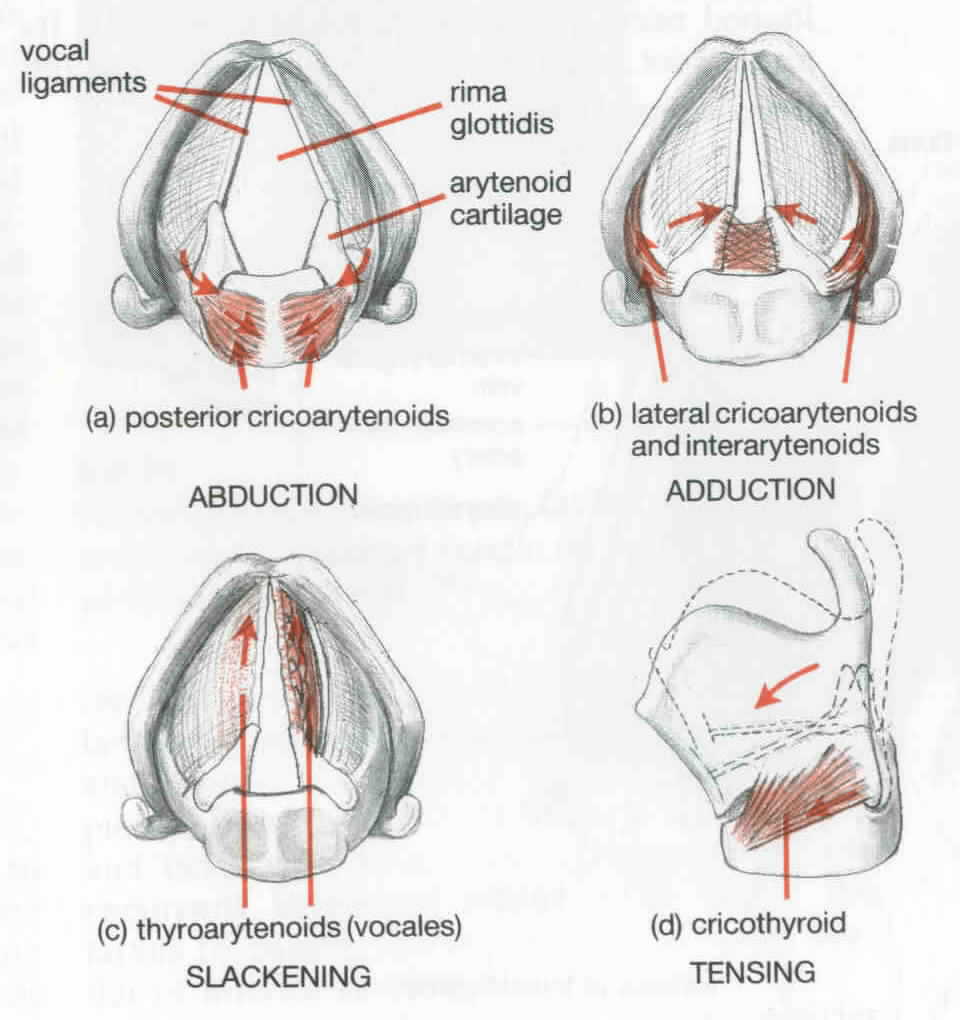
Jerry, the throat-clear is a nonverbal indication of doubt. --George (Seinfeld, 1998)
Paralanguage. A nonverbal vibration of the vocal cords
caused by a sudden, involuntary release of air pressure from the lungs.
Usage: 1. In a staff meeting or discussion at a conference table, a listener's unwitting throat-clear may suggest disagreement, anxiety, or doubt. 2. While speaking, the throat-clear may reveal uncertainty; acute or abnormal throat-clearing is a possible sign of deception. 3. An aggressive version of the throat-clear may be used to interrupt, overrule, or challenge a speaker. 4. Consciously, the throat-clear may be used to announce one's physical presence in a room.
Salesmanship. When you feel a "frog" in your throat: "Create
pressure in your throat by holding your breath and trying to exhale at the same
time. . . . . Then swallow once or twice" (Delmar 1984:40).
U.S.
politics. At the November 26, 2000, Florida certification of that state's
U.S. presidential election results, an official from the Florida Secretary of
State's office, after citing Yogi Berra, stated, "It's not uh-over until it's
over." The "uh-" hesitation seemed to indicate an unverbalized
doubt.
RESEARCH REPORTS: 1. One
signal of skepticism is a forced cough or clearing the throat (Delmar 1984:46).
2. "The [chimpanzee's] cough-threat (or soft bark), a grunt-like sound
uttered through slightly open mouth, is only directed down the hierarchy, by
higher-ranked to lower-ranked individuals. A call that indicates slight
annoyance, it functions as a mild warning to prevent a subordinate from moving
closer or from doing something of which the caller clearly disapproves (such as
reaching for a piece of his food)" (Goodall 1986:130).
Neuro-notes. Like chemical or food irritants, emotional stimuli associated with disagreement or uncertainty can stimulate throat receptors linked to laryngeal branches of the vagus nerve (cranial X). As a gut-reactive or special visceral nerve, the vagus automatically closes the throat in situations of threat or harm. Information travels to the vagus nerve's sensory nucleus in the brain stem, and from there to respiratory centers in the nucleus ambiguous of the medulla. From the medulla, somatic motor fibers of the intercostal nerves (T1-T12) are instructed to contract intercostal and abdominal wall muscles (see BODY WALL), resulting in a build up of air pressure against the throat's closed glottis. As the glottis suddenly opens by action of the vagus, the vocal cords vibrate.
See also ADAM'S-APPLE-JUMP, ORIENTING REFLEX.
Copyright 1998 - 2016 (David B. Givens/Center for Nonverbal Studies)
Illustration of musculature of vocal folds (copyright 1990 by Oxford University Press)